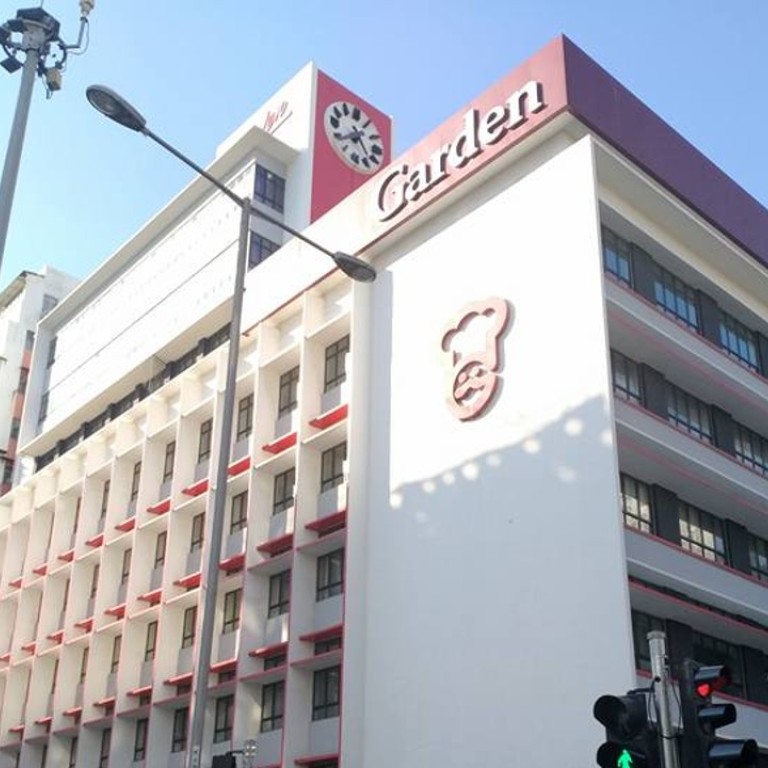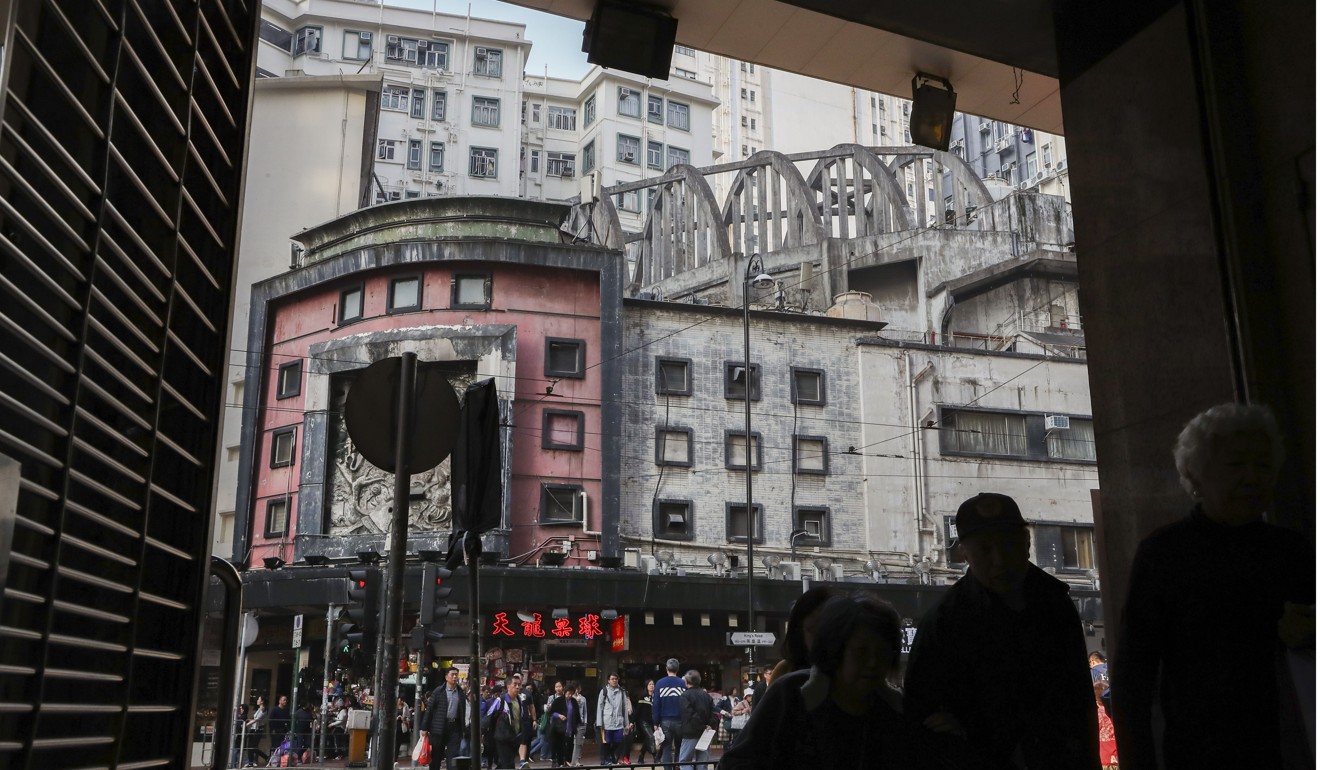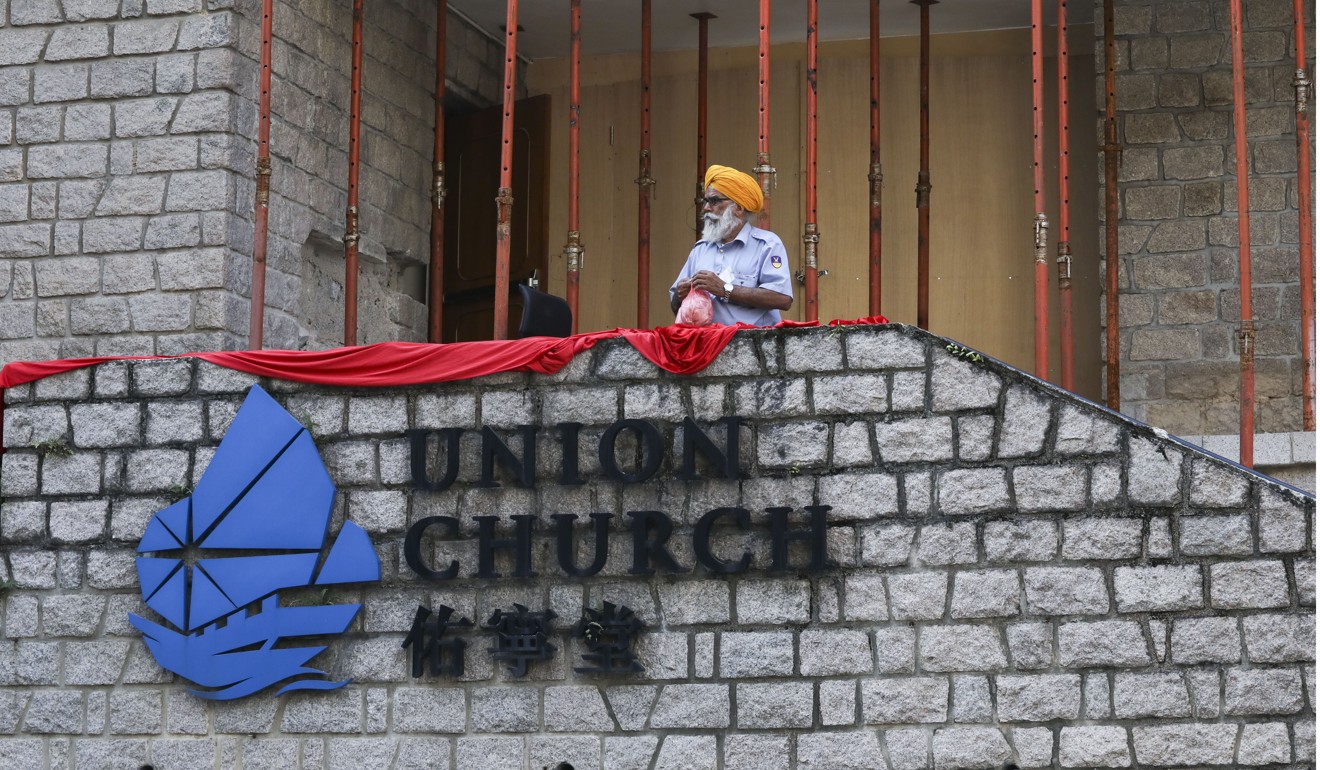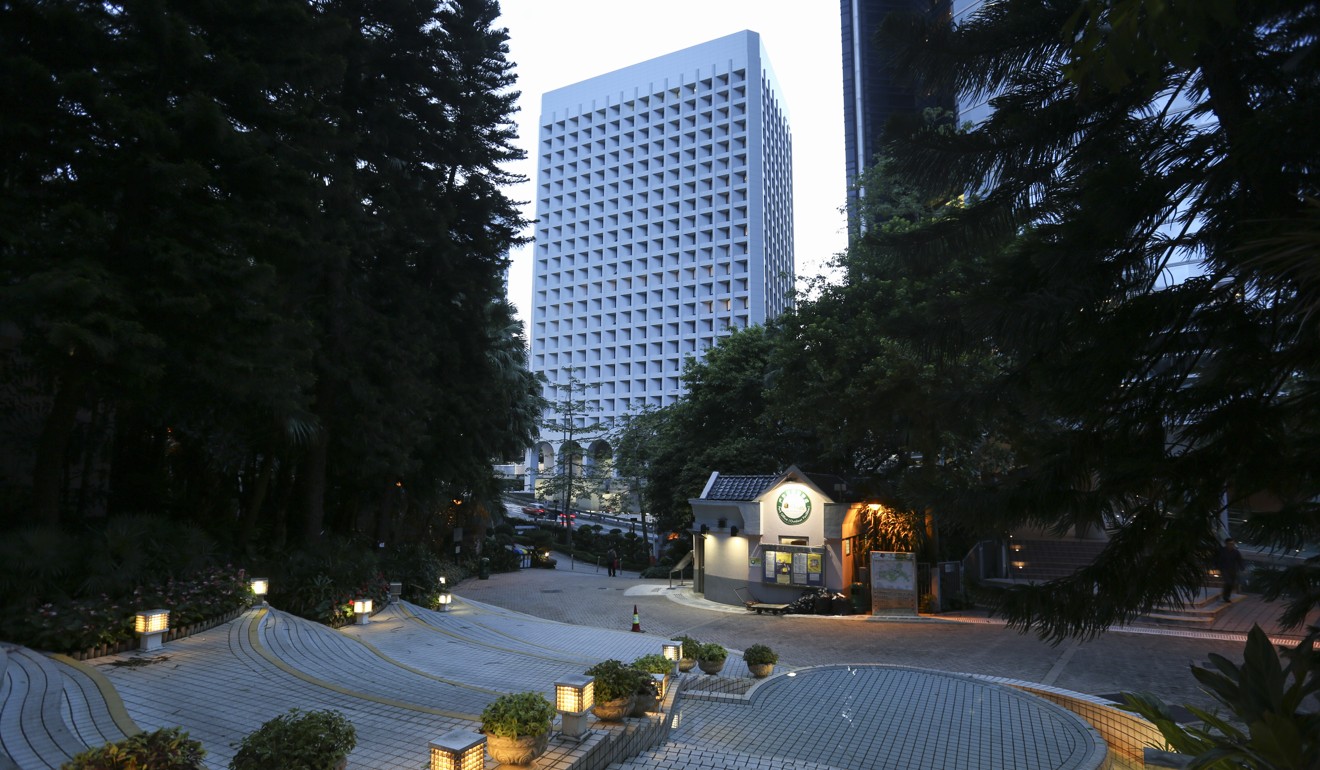
Post-war buildings deserve a place in Hong Kong’s architectural history
Ho Puay-peng says the lack of protection for the iconic Garden Company headquarters, and many other examples of the city’s landmark architecture from the post-war era, points to a gap in our conservation efforts that should be plugged before it’s too late
This month, the Antiquities Advisory Board announced that it is proposing a Grade 2 historic building status for the headquarters of the Garden Company in Sham Shui Po. Since a Grade 2 status is awarded to buildings of “special merit” that should be “selectively” preserved, we can be sure that the decision means the modernist landmark is now set to meet the wrecking ball.
The iconic 1950s building was originally designed to be the factory for the well-known Garden bread and confectionery brand. It has been denied a higher grading because the Antiquities and Monuments Office dismissed its architecture as functional, hence ordinary.



Of the 1,085 historic buildings graded by the board, fewer than 90 are post-war buildings. There are two main reasons for this underrepresentation of built heritage from the second half of the 20th century. First, nearly 90 per cent of the graded buildings come from a territory-wide survey of 1,444 buildings built before 1950. Second, there is a certain institutional perception that post-war buildings are not of “heritage age” and that many of them are too utilitarian in design or commonplace in appearance.
However, architecture of every style always speaks to the spirit of their times. In the case of landmark post-war architecture, buildings from schools, hospitals and churches to public housing, offices and factories were designed for mass use. Put together, these cornerstones of everyday life built modern Hong Kong society. Yet, despite their heritage value, and that they are often in sound condition, an increasing number of these buildings are facing a cull.
Hong Kong’s heritage sites face continued threat despite government grading system


Landmark post-war architecture is fundamental to Hong Kong’s eclectic cityscape and the government should strengthen its protection.
In relation, a set of evaluation guidelines specifically for post-war architecture has to be drawn up. Besides recognising excellence in style and design quality, another way of reading the importance of a building is to locate its relationship with similar landmarks. A contemporary of the former Central Government Offices, the Garden factory might have later influenced City Hall’s form and this gives it a place in the evolution of modernist architecture in Hong Kong.
Furthermore, the Garden factory has a rarity factor because it is one of the few buildings by Chu Pin still left in Hong Kong today. As one of the so-called “first-generation” Chinese architects to study abroad, Chu co-founded the premier Chinese architectural firm in Tianjin and Shanghai in the 1920s. He also designed the now-demolished original Man Yee Building in Central, which was the first building to have escalators in Hong Kong.
The preservation of privately owned historic buildings has long been a huge challenge in Hong Kong.
Back in 2014, the Development Bureau released a 203-page consultancy study on the heritage conservation regimes of eight overseas jurisdictions. However, there has been no visible movement on the report’s many recommendations.
While it may be a tall order to arm the historic buildings grading system with legal teeth, because of the vast array of interests that need to be balanced, the government should once again consult the report and improve incentives to private property owners to keep their historic buildings.
In Hong Kong, private property rights trump heritage conservation

Give heritage building revitalisation projects the time and support they need
All over the world, heritage buildings from the most recent era are often most endangered. The Hong Kong government should recognise the value of the city’s landmark post-war architecture. Their loss will risk creating a black hole in our architectural history.
Professor Ho Puay-peng is head of the Department of Architecture in the National University of Singapore. He is a former member of Hong Kong’s Antiquities Advisory Board

